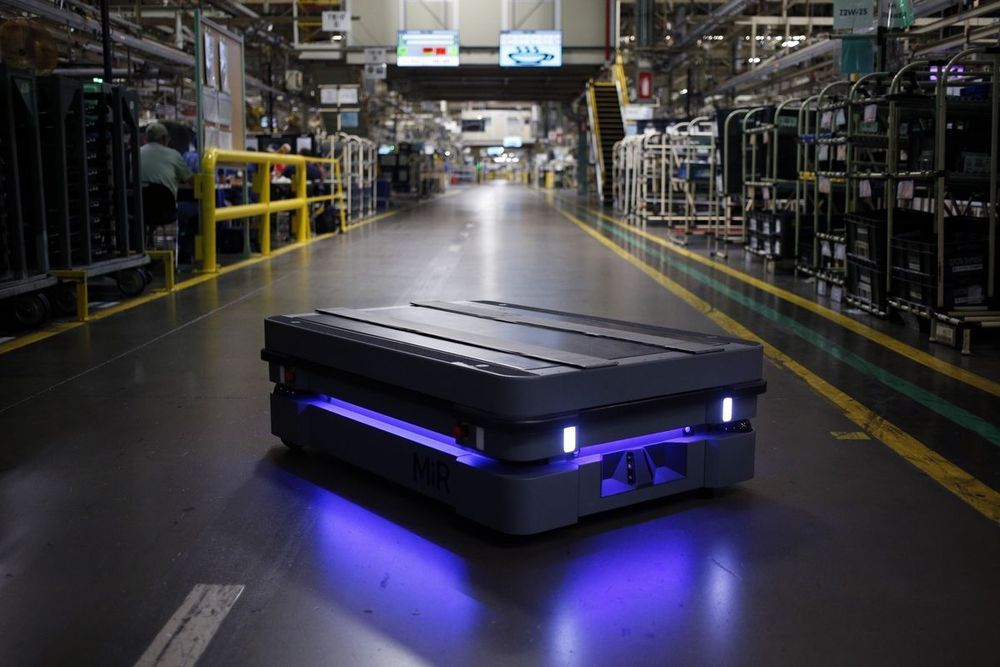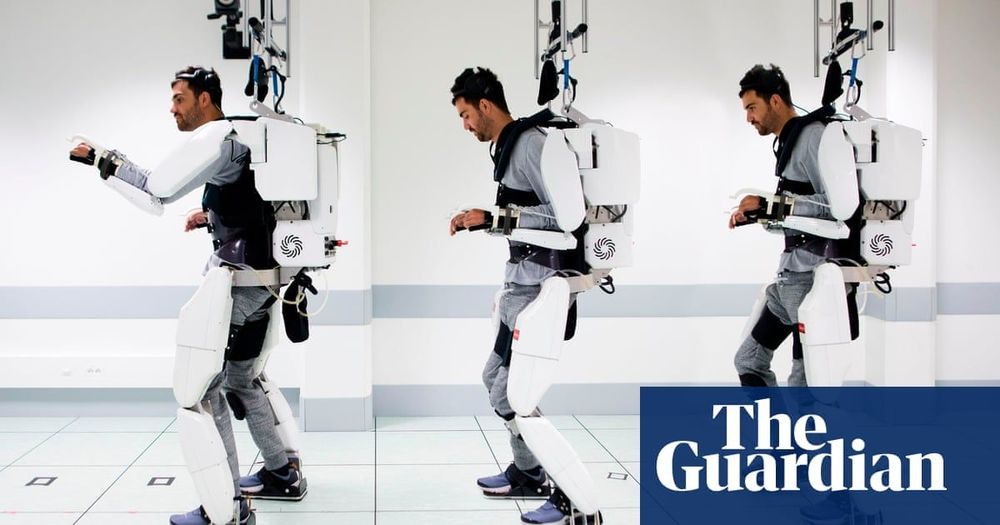A Defense Department project plans to temporarily alter human genes, and shield people from deadly radiation exposure.


The next big questions in particle physics, a talk by CERN’s Director-General, Fabiola Gianotti.
- Set-up: regular talk with wash out lights and with one hand mic — ppt Presentation no sound — English translated to FR.



A fourth gravitational wave detector, this one in Gifu Prefecture, Japan, will join the global search for cosmic events that cause ripples in spacetime, beginning this December.
The Kamioka Gravitational-Wave Detector (KAGRA) is in its commissioning phase, according to a press release, and will join the two LIGO detectors in the United States well as the Virgo detector in Italy. The three facilities will share data, serving as independent verifiers of each other’s results.
My mission is to drastically improve your life by helping you break bad habits, build and keep new healthy habits to make you the best version of yourself. I read the books and do all the research and share my findings with you!
This video is “Day 1” of RAADfest 2019 in Las Vegas. I discuss various products, companies & topics that are on display at RAADfest. I will do my best at RAADfest to interview longevity experts like James Strole, Bernadeane, Liz Parrish, Dr. Aubrey de Grey, Dr. Bill Andrews, Dr. Ed Park, Dr. Duncan Ross, Ben Goertzel, Bill Faloon and hopefully many more. I’ll bring you all the major updates from RAADfest!
I’ll be sharing daily RAADfest Roundups this week on my YouTube channel.
- Please consider a donation to me: My Bitcoin Cash (BCH) address: qr9gcfv92pzwfwa5hj9sqk3ptcnr5jss2g78n7w6f2 or https://paypal.me/BrentNally
- Forever Labs 1 year free cryogenic storage discount code ($250 value): BN801
- Forever Labs website: https://foreverlabs.com
- Instagram: https://instagram.com/brent.nally/ & @cryptotravelcouple @Mrs_Nally_
- Facebook: https://facebook.com/brent.nally
- LinkedIn: https://linkedin.com/in/brentnally
- Twitter: https://twitter.com/BrentNally
- Patreon: https://patreon.com/user?u=9451534

A first: paralyzed man uses brain signals to control a robot exoskeleton.
Doctors who conducted the trial said though the device was years away from being publicly available, it had the potential to improve patients’ quality of life and autonomy.
The patient, identified only as Thibault, 28, from Lyon, said the technology had given him a new lease of life. Four years ago his life was permanently changed when he fell 40ft (12 metres) from a balcony, severing his spinal cord and leaving him paralysed from the shoulders down.
“When you are in my position, when you can’t do anything with your body … I wanted to do something with my brain,” Thibault said.
One of the most astonishing revelations might be that information equals reality. In other words, the basis for our material reality is actually immaterial information. Pattern and flow of information is what defines our experiential reality.
Everything boils down to the binary code of Nature. This is a basic tenet of Digital Physics which is the science of information. Nature computes. Deep down we are information technology. We run on genetic, neural and societal codes. Our DNA-based biology is clearly code-theoretic. We are alphabetic all the way down. We communicate intersubjectively mind-to-mind via language-structured exchange of information.
A recent study shows that human speech is transmitted at about 39 bits a sec. Idealist philosopher Terence McKenna used to say that “The world is made of language and if you know the words the world is made of you can make of it whatever you wish.”

“I don’t want to interrupt Lucas’ neurodevelopment — he’s on the same path that a child his age would normally be,” Vogel said, adding that he’s started eating baby cereal and baby food. “We intervene with the best intentions and then possibly delay someone’s recovery — I don’t want to stunt his growth or neurodevelopment.”
In the future, Vogel said they will work with his family on cosmetic goals as well but that he has normal facial features, meaning the area the will need to address is the top of his skull. He added that the more bone he develops the more of his own tissue they can use, which will “lead to a better outcome.”
Vogel said the waiting has also paid off, as at a recent visit with Lucas he was lifting his head and trying to crawl, which is something a babies typically master between six and 10 months of age.